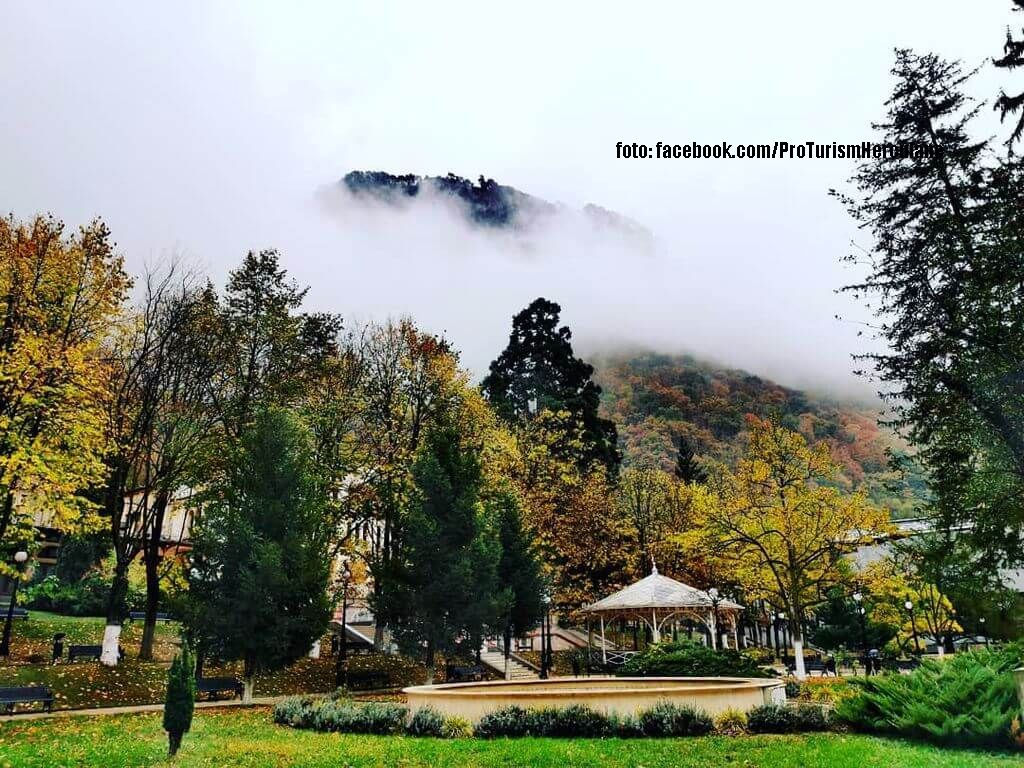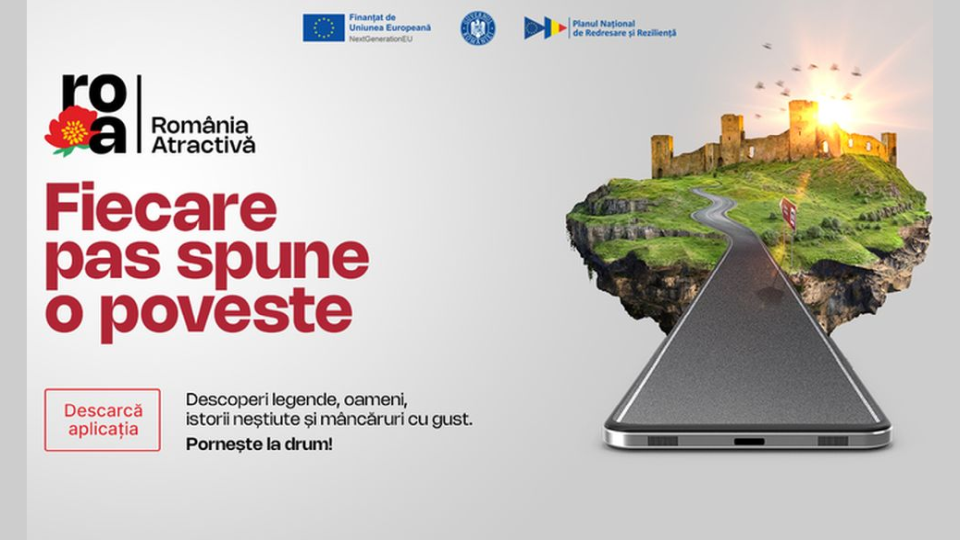Mures County as Vacation Destination
Mures County is also called the county of mansions and castles

Daniel Onea, 23.09.2021, 13:46
Our destination today is ideal for the entire family and fascinates with its multitude of possibilities of spending free time, as well as its multiculturalism. Mures County is also called the county of mansions and castles. Here you can visit the city that made Romania into the biggest exporter of violins in Europe. At the same time, nature lovers can enjoy the many caves and unique nature reserves.
Dana Matic, head of the tourism information bureau Visit Mures, said that she has been noticing of late a reorientation of tourists towards nature, and isolated B&Bs in the rural environment.
“They want to experience life in the countryside, to taste local products, from the households that host them, to discover nature and the tranquil living that is in contrast with the bustle and stress in the big cities. Mures County has a rich offer in terms of such experiences. The relief in Mures County helps a lot, because it is varied, from 2,000 m high mountains, in the northeast part of the county, such as the Calimani and Gurghiu Mountains, down to the plains and plateaus, bordered by the Mures river. I like to always recommend to tourists some circuits that combine several experiences. For instance, I recommend visiting one of the castles on the Upper Mures Valley. And, since youre there already, why not climb up to the nearby caves, which are unique in terms of their origin. Why not admire Mures Valley from the top of the mountain, seeing how it meanders among the mountains and human habitations. And, once you come down the mountain, you can stop over at one of the restaurants there, and taste the best goulash youve ever tasted.”
Targu Mures is the county seat. Here we can start our visit with two emblematic buildings: the Palace of Culture and the Palace of Administration, according to Dana Matic:
“Both were built at the beginning of last century, in Secession or Art Nouveau style. They may be the most representative buildings in Trasylvania for these currents. I also recommend the synagogue. More recently, it has a museum presenting the life of Jews in the 1940s, mainly. It is called the Israel Corner. We also have the National Theater, housed in Toldalagi Palace. This palace is the first noble residence built in the city, between 1760-1770. Right now it houses the Ethnography and Traditional Art Museum. We have two Orthodox cathedrals, flanking the center of the city. And, of course, I recommend the city fortified castle, which is always open to visitors. It is set up beautifully, as a sort of park. Then I recommend the oldest public library in Transylvania, the Teleki-Bolyai Library. It was opened in 1802 by Count Samuel Teleki. Here you can see over 120,000 volumes, of which 40,000 were gathered by the count over 6 decades, a collection of the most representative scientific writings since printing was invented. The building also has a lecture hall where the books can be studied.”
From Tg. Mures we head to a resort unique in Europe, as Dana Matic told us:
“Sovata is on the course of the Tarnava Mica River. It is a famous spa, with the largest heliothermal lake in the world, in an impressive natural landscape. It is surrounded by tall forested hills. Here you can visit Ursu Lake. Around it there are other salt lakes: Aluniș, Lacul Negru, Lacul, Mierlei, Lacul Roșu, and Lacul Verde, but also a sweet water lake, Lacul Tivoli, next to which we have an adventure park. Here you can live the experiences offered by adventure parks, but also the educational and ecology learning trails around the lakes, which have been very nicely set up. In Sovata you can practice horse riding, off-road trips, mountain walks, and you can reach Belvedere Tower, allowing you to admire the resort and the surrounding hills. Around Sovata you can take the road to Campu Cetatii, a renown locality with fishing lakes, where they cook the best trout. Between Sovata and Campu Cetatii they have a narrow gauge train which runs daily in the summer.”
Another direction to go in is towards a very valuable objective in Mures County, the area of Sighisoara. Dana Matic takes us there:
“Here we have our Saxon heritage in the county, foremost being Sighisoara, where you can visit the Medieval fortress, a UNESCO monument. Around Sighisoara we have the Saxon villages, where we have beautiful fortified churches, which have been renovated. We can also ride horses in Danes, a few km away from Sighisoara, or can go to the Bethlen castle, in Cris. Due to efforts by several association, the rural area here is being developed, and discovered by more and more outdoor tourism lovers. I recommend the ADEPT trail. This is a bicycle trail built from scratch by the association that gave its name. It is several hundred km long, linking the Saxon villages around Sighisoara.”
The trip can go on in the Upper Mures Valley, where we find the city of Reghin, famous for its violins. Here, tourists can visit several workshops, seeing in detail how violins are built. In the area you also find Mociar Forest, a nature reserve with centuries old oak trees, salt spas, and the Rákóczi-Bornemisza Castle. Documents show that Prince Gheorghe Rákóczi erected in 1640 here a hunting mansion in Renaissance style. It was repeatedly expanded din Baroque and Classical style, and came into the possession of Rudolf, the crown prince of Austria, Hungary, and Bohemia, becoming a hunting castle. Around the castle they have a tree park, open to visitors daily between 10 AM and 6 PM.
These are just some of the reasons to visit this area that is perfect for tourism.






























